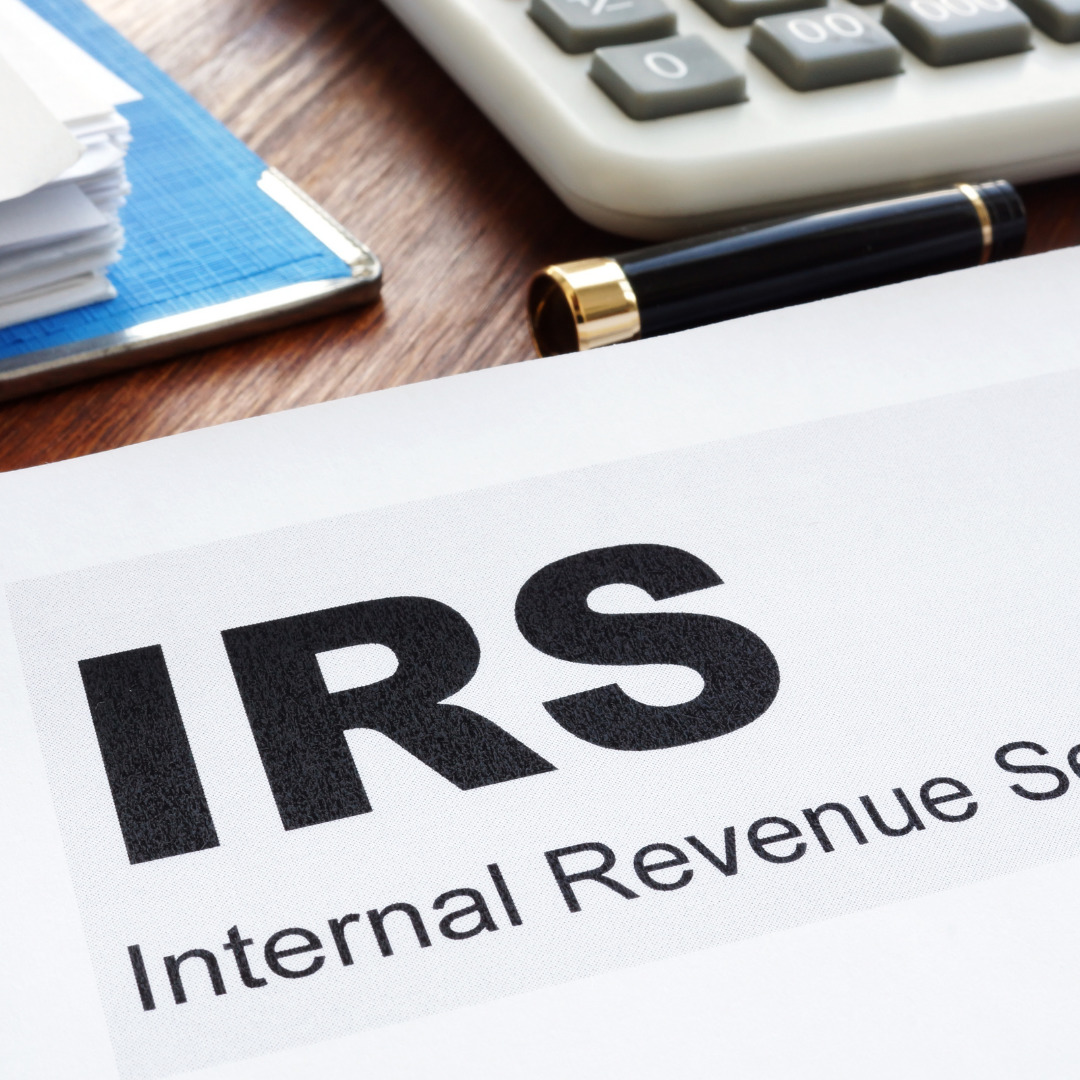FOR IMMEDIATE RELEASE
Mark Puckett, CPA
FEDERAL AID PACKAGE HELPS INDIVIDUALS AFFECTED BY COVID-19
The Families First Coronavirus Response Act (H.R. 6201), became law on March 18, 2020. The Act guarantees free testing for the novel coronavirus (COVID-19), establishes emergency paid sick leave, expands family and medical leave, enhances unemployment insurance, expands food security initiatives, and increases federal Medicaid funding.
The Act includes up to 80 hours of emergency paid sick leave for workers who are unable to work while they are sick or complying with COVID-19 restrictions or caring for school-age children due to the closure of schools or child care facilities, as well as paid family and medical leave that employees will be able to use to care for family members (not for personal illness) for up to 12 weeks. The first 10 days of emergency family and medical leave may be unpaid, unless employees opt to use accrued paid time off for those days.
The mandatory paid leave provisions apply to employers with fewer than 500 employees and government employers, with exceptions for health care workers and first responders. Self-employed individuals would be eligible for the new benefits provided under the Act. It is not clear if individuals who have self-employment income from their partnership or limited liability company would be eligible for the new self-employed benefits, as the Act does not specifically address those situations. Employers with 500 or more employees would not be subject to those rules. Employers who are required to provide paid time off would need to initially bear the costs of paying their employees, but the federal government would provide payroll tax credits to help cover those costs.
Background. Currently, the federal Family Medical Leave Act of 1993 (FMLA) provides eligible employees up to 12 work weeks of unpaid leave a year and requires group health benefits to be maintained during the leave as if employees continued to work instead of taking leave. Employees are also entitled to return to their same or an equivalent job at the end of their FMLA leave. Special rules apply to military personnel.
To be eligible for FMLA, an employee is required to have been employed by their employer for a year, worked for 1,250 hours, and worked in a location where there are 50 other employees within a 75-mile radius. The FMLA applies to all private-sector employers who employ 50 or more employees for at least 20 workweeks in the current or preceding calendar year (including joint employers and successors of covered employers). Many states have enacted laws that are similar to federal FMLA, which apply to smaller employers who may be exempt from federal FMLA. The FMLA also applies to federal, state and local employers. These current provisions remain available for qualifying employees.
Employer Mandates
Emergency Paid Sick Leave. Through December 31, 2020, the Act requires employers with fewer than 500 employees and government employers to provide all employees (including union employees and regardless of how long the individual worked for the employer, but excluding health care workers and first responders) with 80 hours (e.g, 10 business days) of emergency paid sick leave for full-time workers (pro-rated for part-time employees or employees with varying work schedules) for employees who are unable to work or telework because the employee:
- Is subject to a federal, state, or local COVID-19 quarantine or isolation order;
- Has been advised by a health care provider to self-quarantine because of COVID-19;
- Is experiencing COVID-19 symptoms and is seeking a medical diagnosis;
- Is caring for an individual subject to or advised to quarantine or isolation;
- Is caring for a son or daughter whose school or place of care is closed, or child care provider is unavailable, due to COVID-19 precautions; or
- Is experiencing substantially similar conditions as specified by the Secretary of Health and Human Services, in consultation with the Secretaries of Labor and Treasury.
Generally, employers would pay employees at their regular rate of pay for emergency sick leave, capped at $511 per day ($5,110 in the aggregate) if the leave is taken for an employee’s own illness or quarantine (i.e., for the first three bullets above). Employers would pay employees two-thirds of their regular rate of pay for emergency sick leave, capped at $200 per day ($2,000 in the aggregate) if the leave is taken to care for others or due to school closures (i.e., for the last three bullets above).
An employer cannot require an employee to use other paid leave before using this paid leave. Employers would not be able to require employees to find replacement workers to cover their shifts if employees use emergency paid sick leave. The federal government is supposed to provide a model notice within seven days after enactment, which employers would be required to post at their workplace, informing employees of their right to emergency paid sick leave. The U.S. Department of Labor is directed, within 15 days after enactment, to issue guidelines on how to calculate the amount of emergency paid sick leave. The Department of Labor also has the authority to issue regulations to exempt small businesses with fewer than 50 employees from having to provide emergency paid sick leave to employees who need to care for a son or daughter whose school or place of care is closed, or child care provider is unavailable, due to COVID-19 precautions if the imposition of such requirements would jeopardize the viability of the business as a going concern.
Employers would face penalties for failing to comply with the new emergency paid sick leave rules and are prohibited from discriminating against employees who take emergency paid sick leave. Eligible employees could use emergency paid sick leave before using new, emergency paid family and medical leave created by the Act.
FMLA Amendments. The Act would add provisions to the FMLA to provide employees (including union employees) who have been employed for at least 30 days by employers with fewer than 500 employees or government employers, with the right take up to 12 weeks of job-protected leave through December 31, 2020, if the employee is unable to work or telework due to having to care for a child under age 18 if the child’s school or place of child care has been closed (or the child care provider is unavailable), due to the COVID-19 public health emergency. Employers may elect to exclude health care workers and first responders from taking this public health emergency FMLA.
The first 10 days of FMLA under these new provisions may be unpaid. Employees can use other paid time off such as vacation, sick days, sabbatical, or emergency paid sick leave to cover that gap, but employers cannot require employees to use their accrued paid time off before using these 12 weeks of extended FMLA leave. Employers would pay employees two-thirds of their regular rate of pay for this emergency FMLA leave, capped at $200 per day ($10,000 in the aggregate per employee). Adjustments would be made to the amount of paid time off for employees with varying schedules.
The Act gives the U.S. Department of Labor authority to issue regulations that would exclude certain health care providers and emergency responders from being able to take emergency family and medical leave. The Department of Labor also has the authority to issue regulations to exempt small businesses with fewer than 50 employees from the emergency family and medical leave requirements if the imposition of such requirements would jeopardize the viability of the business as a going concern. The Act would also exempt employers with fewer than 50 employees in a 75-mile radius from civil damages in an FMLA lawsuit.
Under the Act, covered employers (those with less than 500 employees) are required to hold an employee’s job open for them until the end of the leave period. However, an exception applies to employers with fewer than 25 employees if the employee’s position no longer exists due to economic conditions or other changes in the employer’s operations that affect employment and are caused by the COVID-19 crisis, and the employer made reasonable efforts to restore the employee’s job. And, if those efforts failed, the employer agrees to reinstate the employee if an equivalent position becomes available within a year.
The Act creates new, refundable payroll tax credits for employers to help cover the costs of this new paid sick and family leave.
Payroll Tax Credits
To assist employers who are required to provide emergency paid sick leave or FMLA leave under the programs described above, the Act provides for a refundable tax credit applicable against the employer’s portion of Social Security or Railroad Retirement Tax Act (RRTA) tax for amounts paid under those programs. The credit is equal to 100% of the compensation paid in each calendar quarter to employees who are not working for the reasons enumerated above, subject to the following limitations:
For payments to an employee who needs time off for self-isolation, diagnosis, or care of a COVID-19 diagnosis, or compliance with a health care provider’s recommendation or order, the credit is capped at $511 of eligible wages per employee per day. For payments to an employee who needs time off to care for a family member who has been exposed to or diagnosed with the COVID-19, or a child under age 18 whose school or place of care has been closed, the credit is capped at $200 of eligible wages per employee per day. The credit for emergency paid sick leave wages is only available for a maximum of 10 days per employee over the duration of the program. For expanded FMLA, the credit is capped at $200 of eligible wages per employee per day and $10,000 for all calendar quarters.
Both of the credits are increased by any amounts paid or incurred by the employer to maintain a group health plan, to the extent those expenses are (1) excluded from the employee’s gross income under the tax code and (2) “properly allocable” to the respective qualified sick or FMLA wages required to be paid under the Act. The exact method of allocation will be provided by regulation at a later date, but the Act provides that the allocation will be treated as properly made if done “on the basis of being pro rata among covered employees and pro rata on the basis of periods of coverage.”
If the credit exceeds the employer’s total liability for Social Security or RRTA tax for all employees for any calendar quarter, the excess is refundable to the employer. The employer may choose not to apply the credit. Further, to prevent a double benefit, the employer cannot obtain a deduction for the amount of the credit. In addition, employers may not receive the credit in connection with wages for which a credit is allowed under Section 45S (credit for paid family and medical leave).
Similar rules apply to a self-employed individual that allow a refundable tax credit against the individual’s self-employment tax. The credit is capped at the lesser of the amounts that apply to eligible wages per employee or the individual’s lost self-employment income. The House-passed version of the Act provides guidance on how to determine the individual’s lost income due to the corona virus.
Notably, required payments for emergency paid sick leave or FMLA under the Act will not be considered wages for purposes of calculating the employer’s portion of the Social Security or RRTA tax. In addition, the tax credits available to an employer are increased by the amount of the employer’s liability for Medicare tax on wages paid under the Act, effectively exempting the emergency sick leave and FMLA payments from that tax as well. In this way, the Act provides employers with two tax benefits: (1) refundable credits against the employer’s portion of Social Security or RRTA tax; and (2) an exemption from, or credit against, the employer’s portion of Social Security or RRTA and Medicare taxes on the wages required to be paid under the Act.
However, the law does not exempt these payments from the definition of wages for the purpose of other taxes (including the employee’s portion of Social Security, RRTA and Medicare taxes).
The Act ensures there is no negative impact to the Social Security program caused by the tax credit or the exemption of sick pay and family leave pay from Social Security tax by authorizing a transfer of funds from the General Fund to the Social Security and disability insurance trust funds to replace the lost employer contributions. The tax provisions discussed herein will apply beginning on a date to be determined by the Secretary of the Treasury after the enactment of the Act and ending on December 31, 2020.









